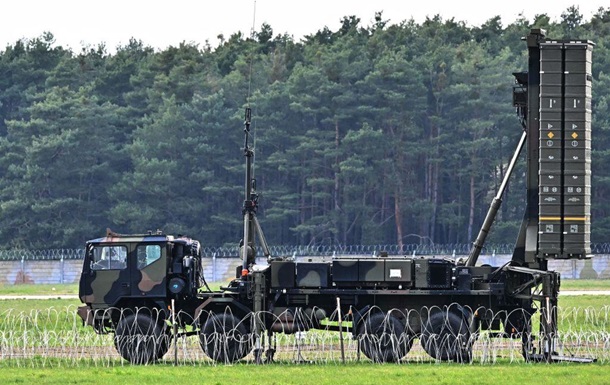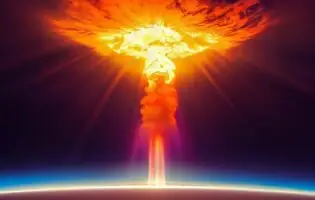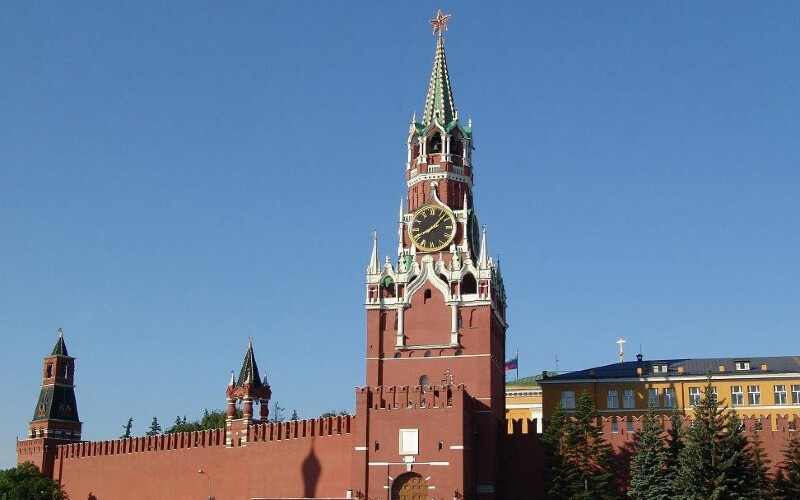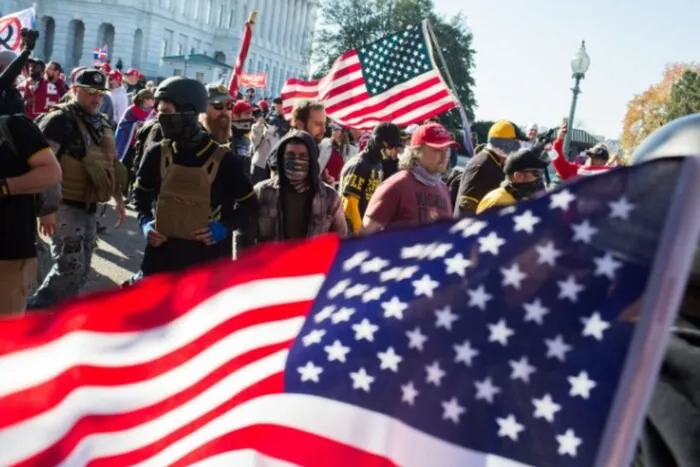We all want our house to be warm and comfortable, that's why many real estate owners, after the completion of construction, are engaged in warming the facades. For this purpose, reliable heat insulators are used insulation of facades, such as expanded polystyrene, ecowool or mineral wool.
The correct choice of heat-insulating material does not guarantee the achievement of the desired result. In addition to this, it will be necessary to carry out this process in compliance with all technological standards. Even minor violations can lead to the formation of cold bridges or turn the house into a steam room. It is possible to avoid an unpleasant situation if qualified employees of a specialized company are involved in the facade insulation work. Special training, experience in this area, availability of the necessary equipment allows them to perform all stages of work promptly, qualitatively and with a guarantee.
There are two technologies of facade insulation - dry and wet. The first finishing option is intended for private wooden houses. Dust is removed from the surface of the walls and a crate is installed. It can be made of wood or metal. In the lower part of the facade, a profile is placed, which will become a support for the first row of insulation. For external insulation, it is recommended to use heat-insulating plates.
The heat insulator is glued to the walls, and after the adhesive mass has completely dried, the plates are additionally fastened with dowels.
After the completion of the thermal insulation installation, it is time to face the facade. Cladding or siding is suitable for this.
Warming the walls of the house using the dry method can be carried out all year round, and the creation of a wet facade can be done only in the warm period. The walls of the house are cleaned of mud, leveled and primed. The use of mineral wool or foam plastic requires the installation of a vapor barrier film. Ecowool is simply sprayed on the wet surface of the walls, all other types of heat-insulating materials are fixed with the help of adhesive mass. After drying, ecowool forms an even layer, which is distinguished by excellent heat-shielding properties.
Heat insulator plates, as in the first case, need to be additionally fixed with plastic dowels. A reinforcing mesh made of metal or based on fiberglass is glued to the surface of the insulation.
At the final stage, the facade of the house is primed and covered with decorative plaster.


 176
176











